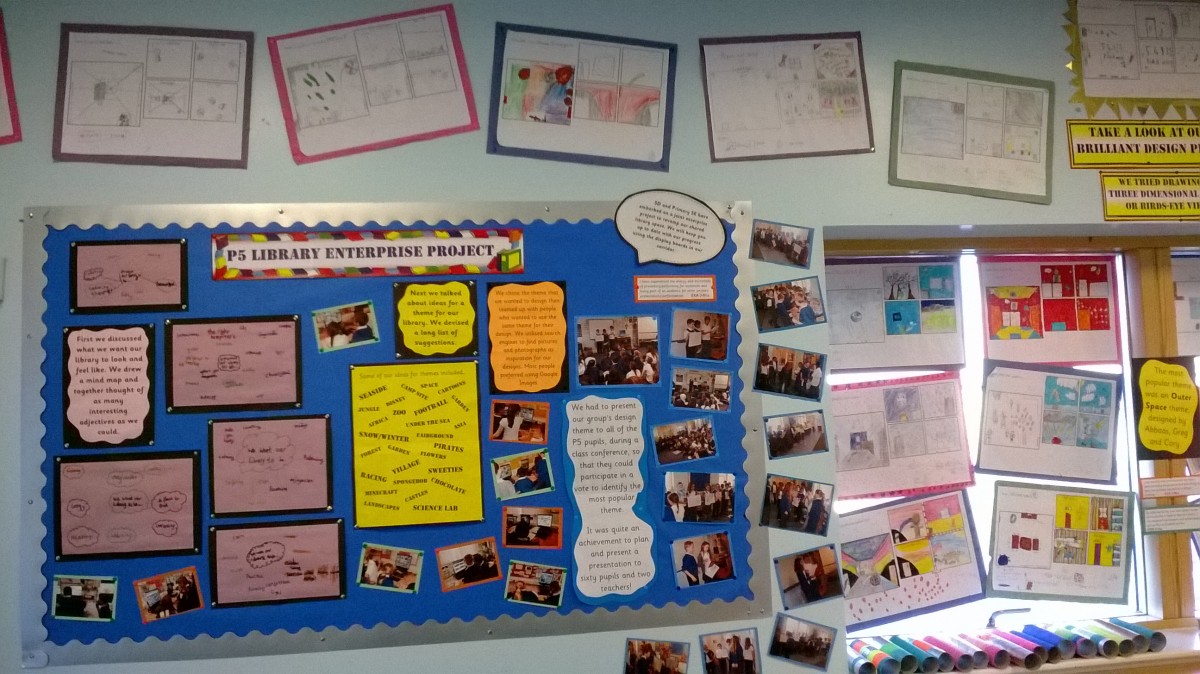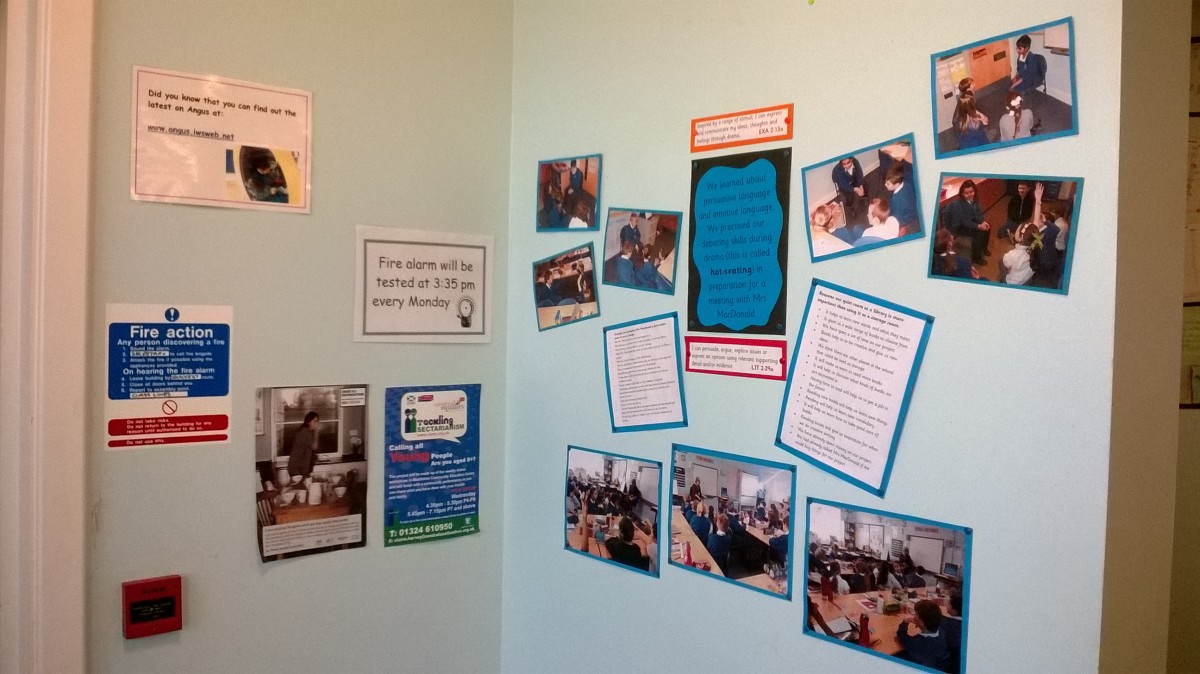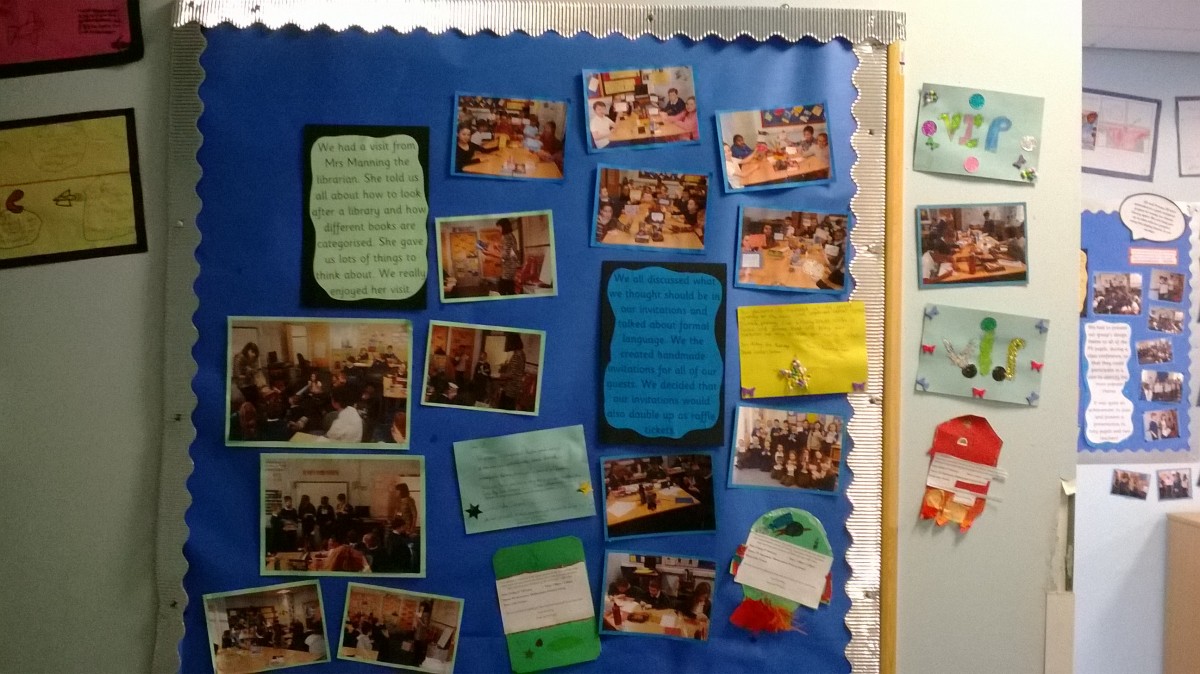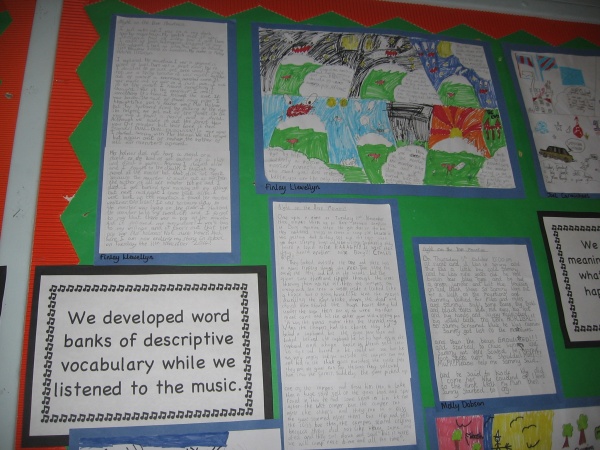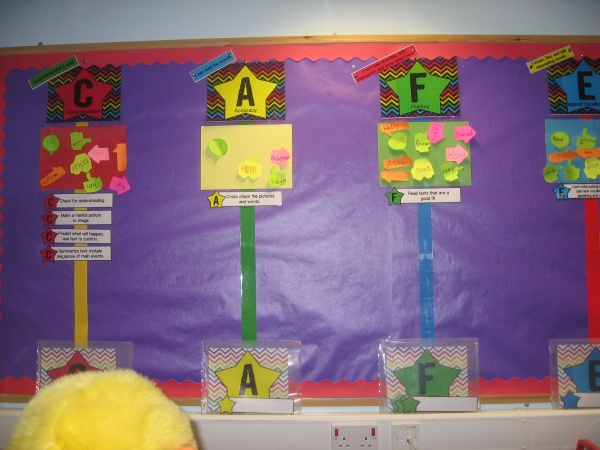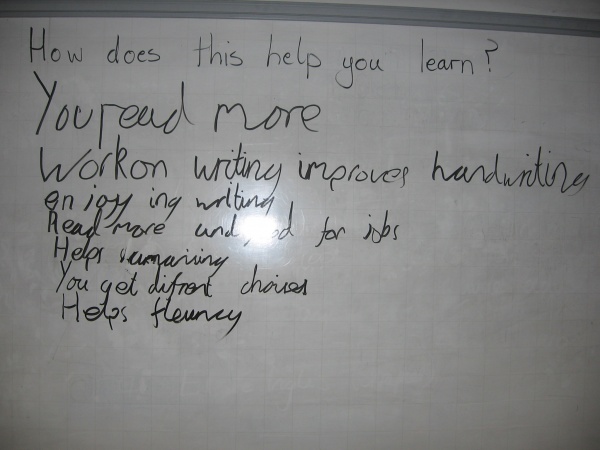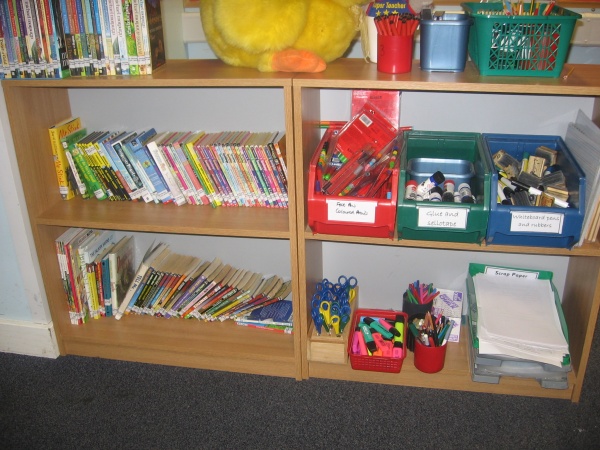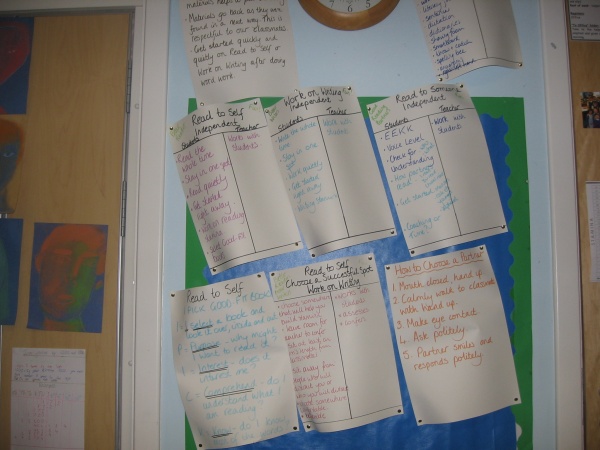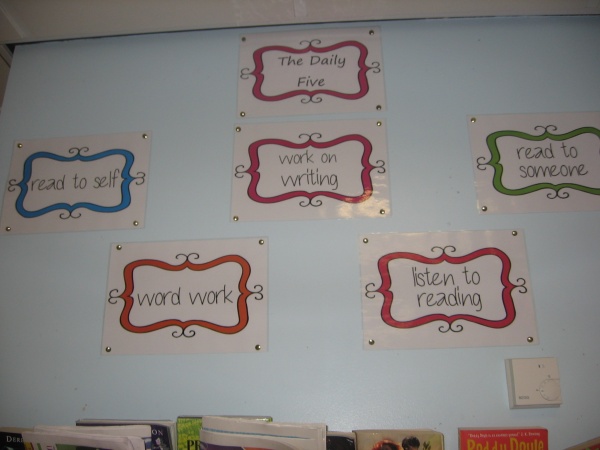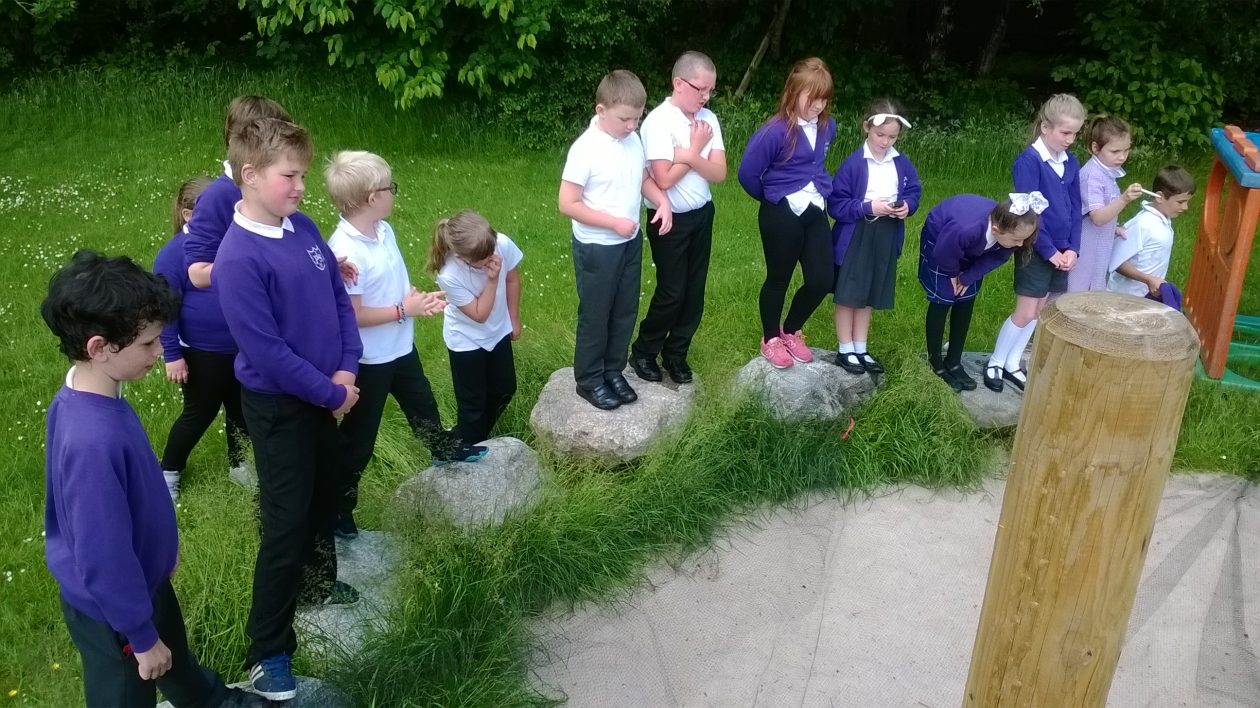
Between 1st and 29th June 2017, primary 5 pupils at Langlees Primary School worked with their teacher Ashley Turnbull & Yvonne McBlain, curriculum support teacher, Falkirk Children’s Services to try to solve a real-life problem. Some members of the class had previously worked with Jane Jackson, curriculum support teacher & with Grounds for Learning to have part of their playground landscaped. They launched their wonderful new outdoor play area in spring 2017, but could not then use it because of their local cats!
As you can see from the photo below, the cats were using the gorgeous new sand pit as their toilet! This meant that pupils at Langlees couldn’t use their fantastic new play area. Dylan and Iona from primary 5 have written the following blog post about how the class tried to solve this problem – Jane and staff at the school had previously tried various solutions, and wanted to offer the children themselves the chance to explore possible options.
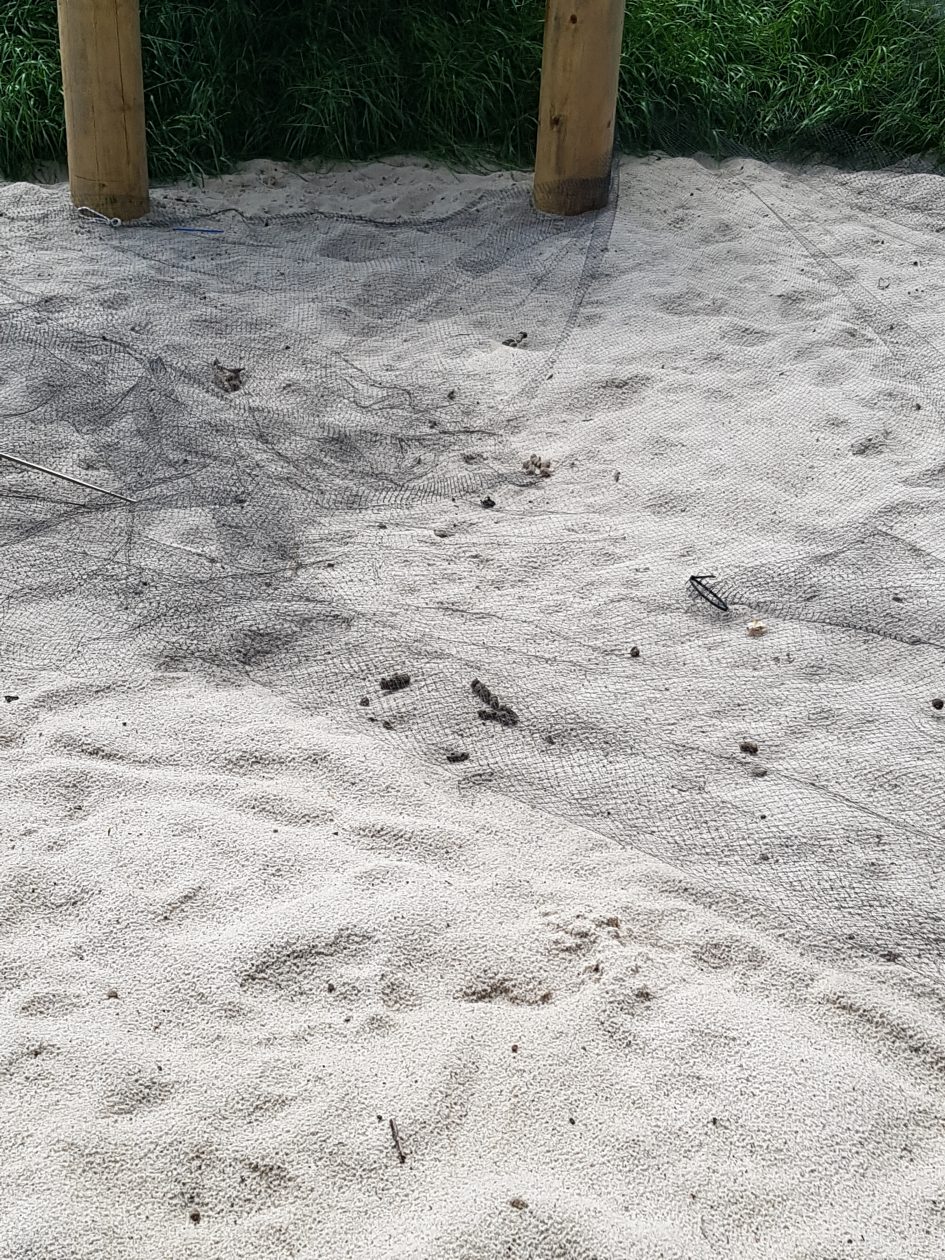
First we figured out what the problem was and then we had a look at the sand pit. We estimated how long the sand pit was in metres, then we made a decision about how we thought we should solve the problem. We tried to count how many cat droppings there were – about 42 we thought!
We worked in pairs to decide what we thought was the best solution – replacing the sand, making a cage, etc.
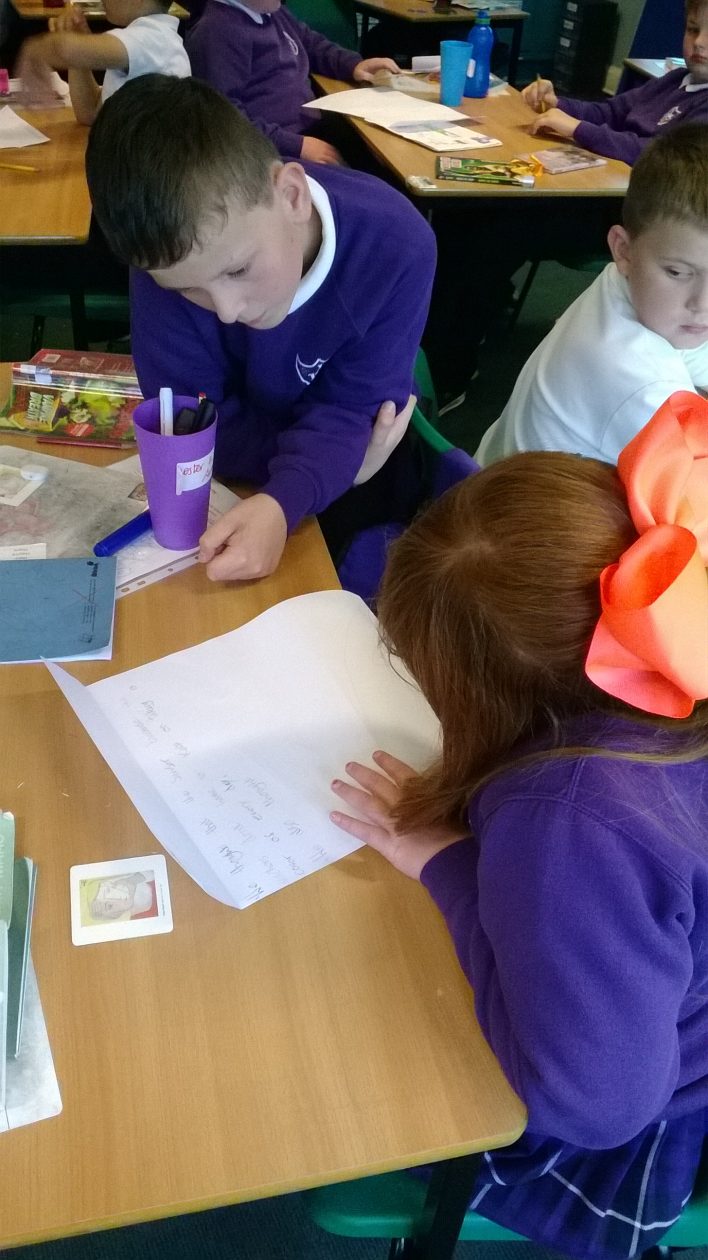 Then we made little models of what we thought might help solve the problem. We made these out of pipe cleaners and damp sand.
Then we made little models of what we thought might help solve the problem. We made these out of pipe cleaners and damp sand.
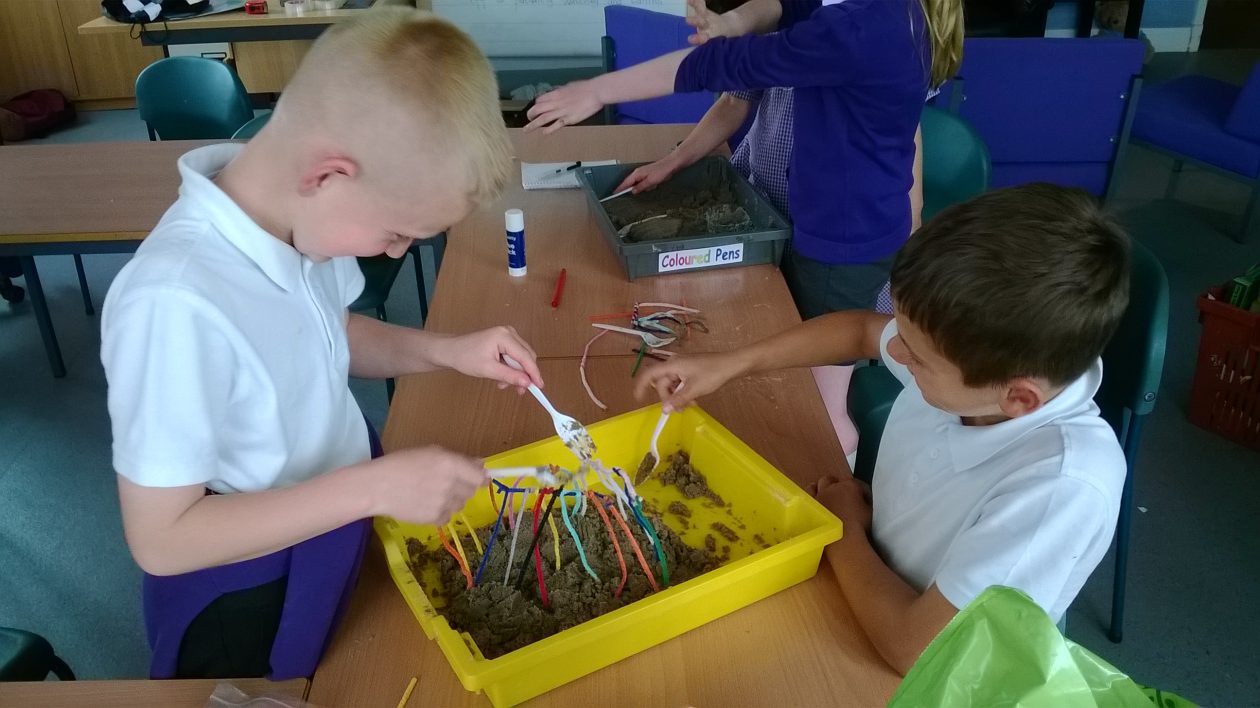 We also researched and found out about cat sensors and alarms. Then we researched about toxoplasmosis – this is a disease you can get from the cat poo. 4 of us did more detailed research and gave a power point presentation to the class.
We also researched and found out about cat sensors and alarms. Then we researched about toxoplasmosis – this is a disease you can get from the cat poo. 4 of us did more detailed research and gave a power point presentation to the class.
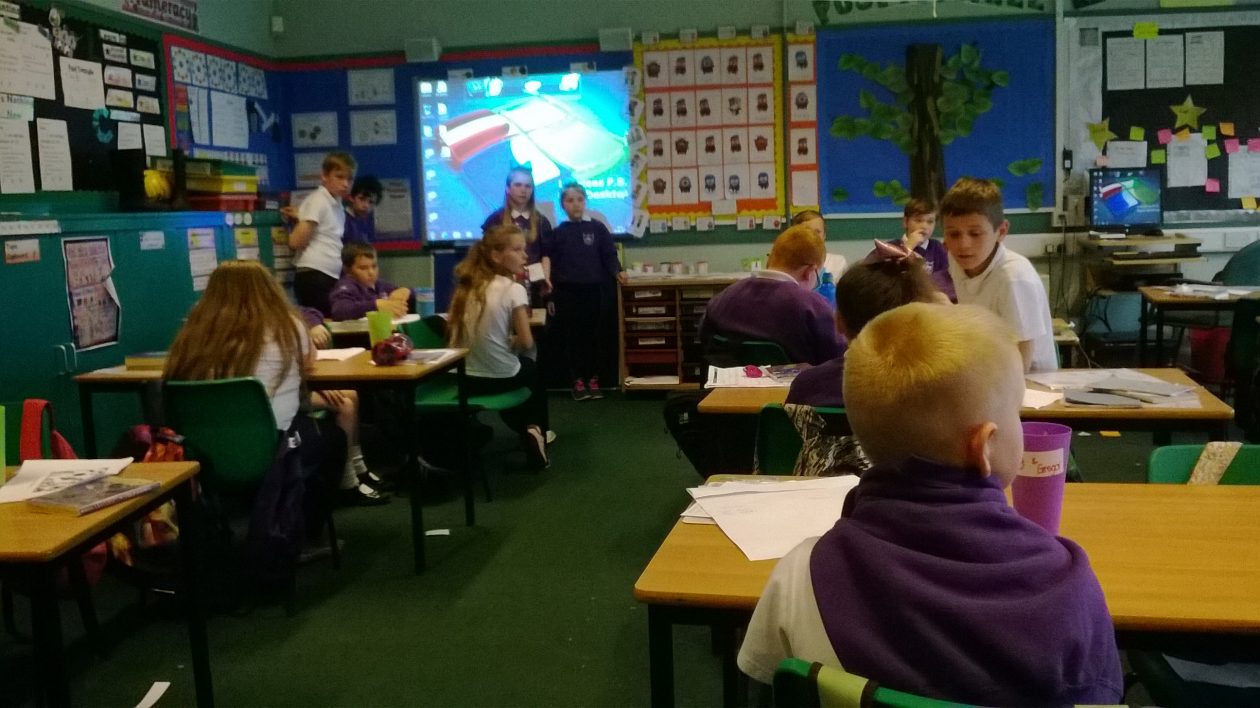
Next we had a closer look at the 3 best cat alarms and the class voted for the one they felt was most effective – Alarm A. We also thought about getting a cover for the sand pit. We were worried that the cat alarm wouldn’t stop the cats from doing the toilet – it might take a while to work. So we thought we should get both to help the cat sensor to take its time to work.
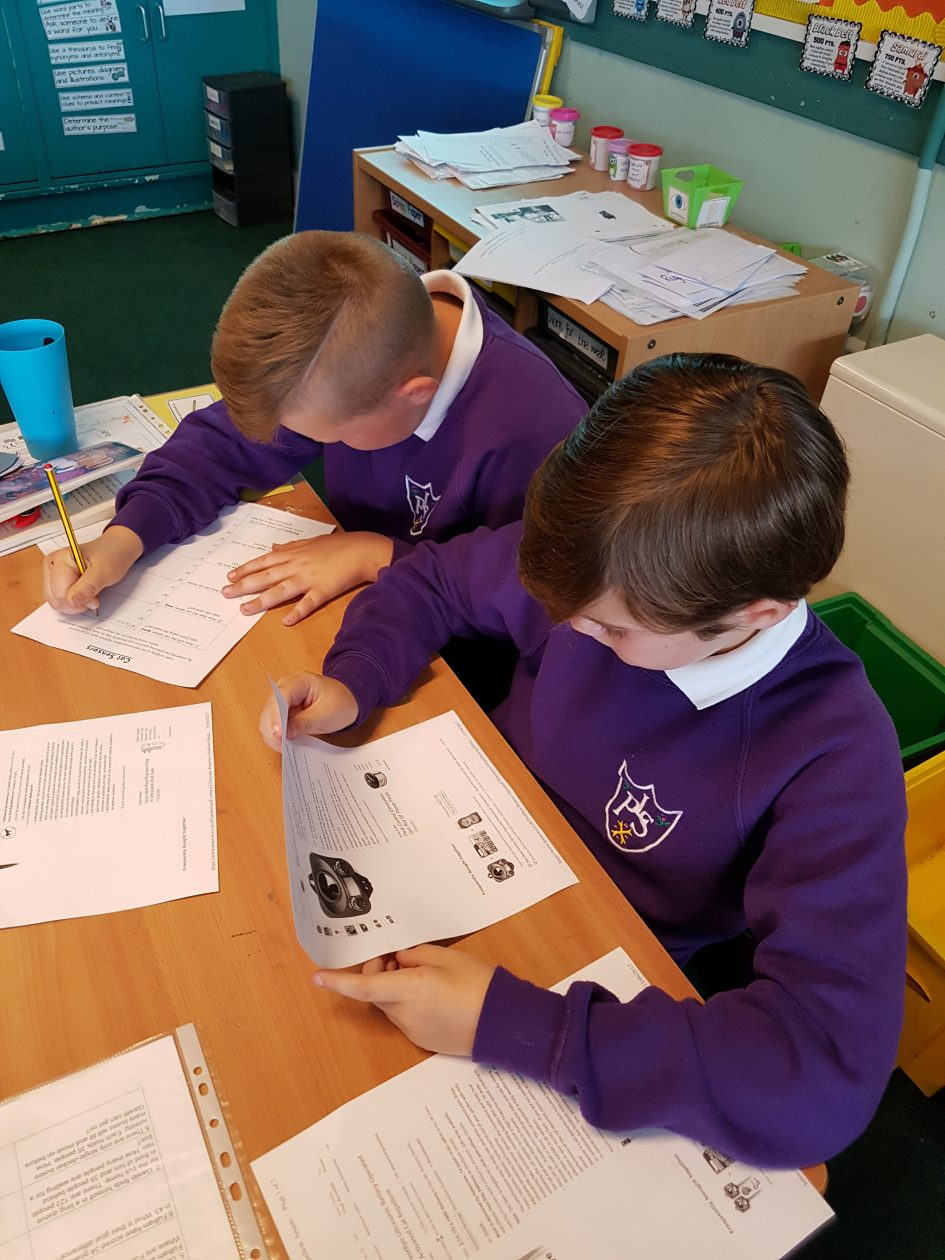
We knew our estimated measurements weren’t good enough for ordering our cover. We took a metre stick and some cones outside so that we could measure the sand pit properly. We needed to know how big the sand pit was for our cover and to check how much distance the alarm sensor could cover. We took the measurements back into class and talked about a long jump cover which Mrs McBlain had found online here http://longjumprunway.co.uk/sand-pit-cover/
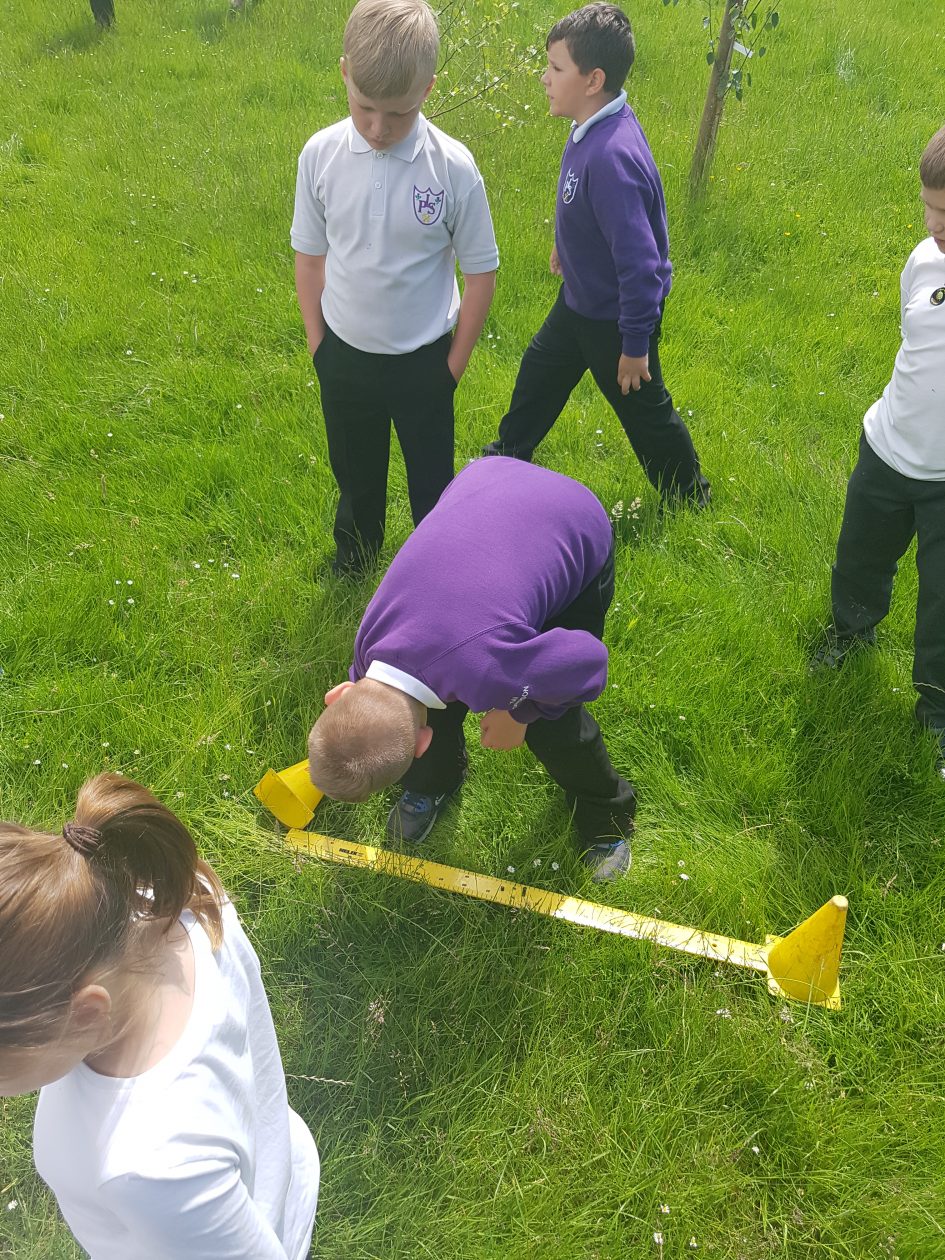 Then we felt we were ready to go and see our head teacher and the other adults in school who would have to help us look after our sand pit. We planned what to say to them, and chose 3 people to be the voice of the whole class. (Kai, Gregor & Amy).
Then we felt we were ready to go and see our head teacher and the other adults in school who would have to help us look after our sand pit. We planned what to say to them, and chose 3 people to be the voice of the whole class. (Kai, Gregor & Amy).
On the 28/6/17 the meeting happened in the Mrs McGlynn’s office. The next day Mrs McBlain came back to hear what the outcome of the meeting was. Kai, Gregor & Aimee did a speech and told us that the outcome of the meeting was to replace the sandpit with rubber tiles.
We all showed how we felt about the outcome using our thumbs –
Up = 6 Middle = 6 Down = 2
Then we had a think about what we learned throughout the journey of solving our Sandpit Problem. Take a Look below
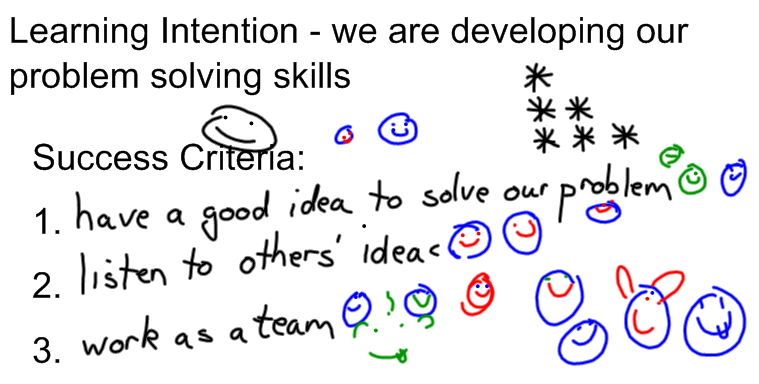
As can be seen from the Smart doc image above, pupils felt they had progressed well with the project success criteria they set. Ashley and Yvonne had a very brief opportunity to review the impact of this work on the pupils. They agreed that the children had risen to the challenge of working with others as part of a team – enabling the class to listen more effectively to others while they focused on the job in hand. This project linked experiences and outcomes in Health and Wellbeing, as well as developing key listening, talking and reading skills in Literacy across learning. During the project pupils had a chance to apply other skills they had learned in Technology and Numeracy.


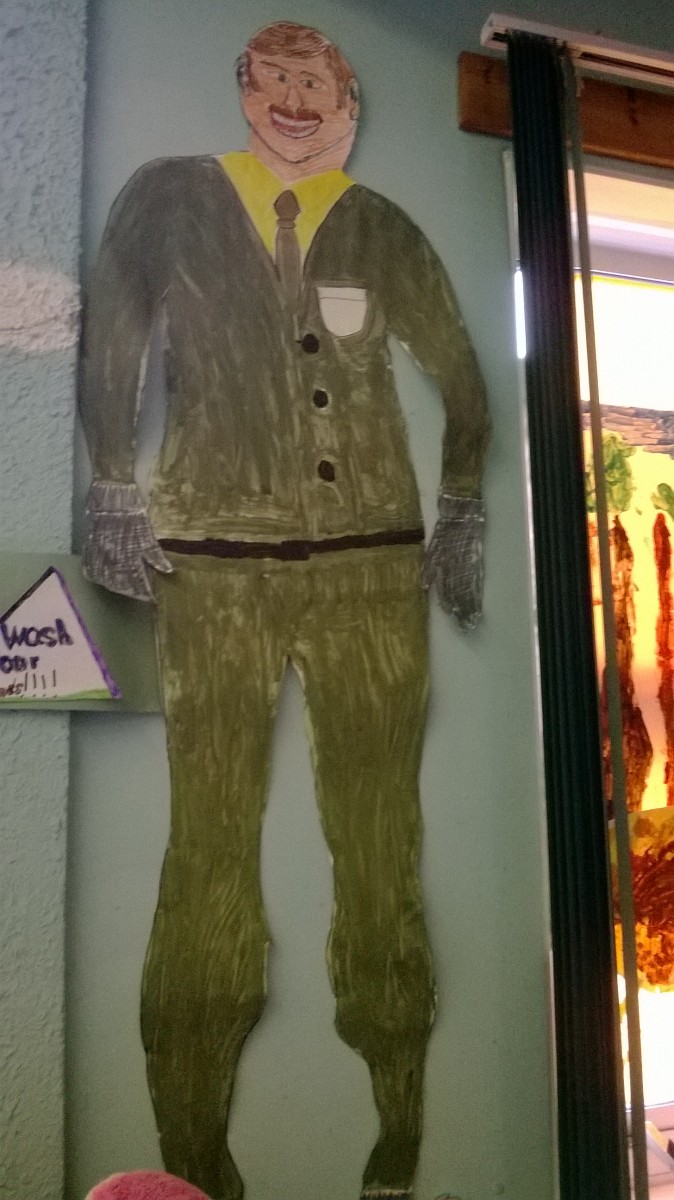
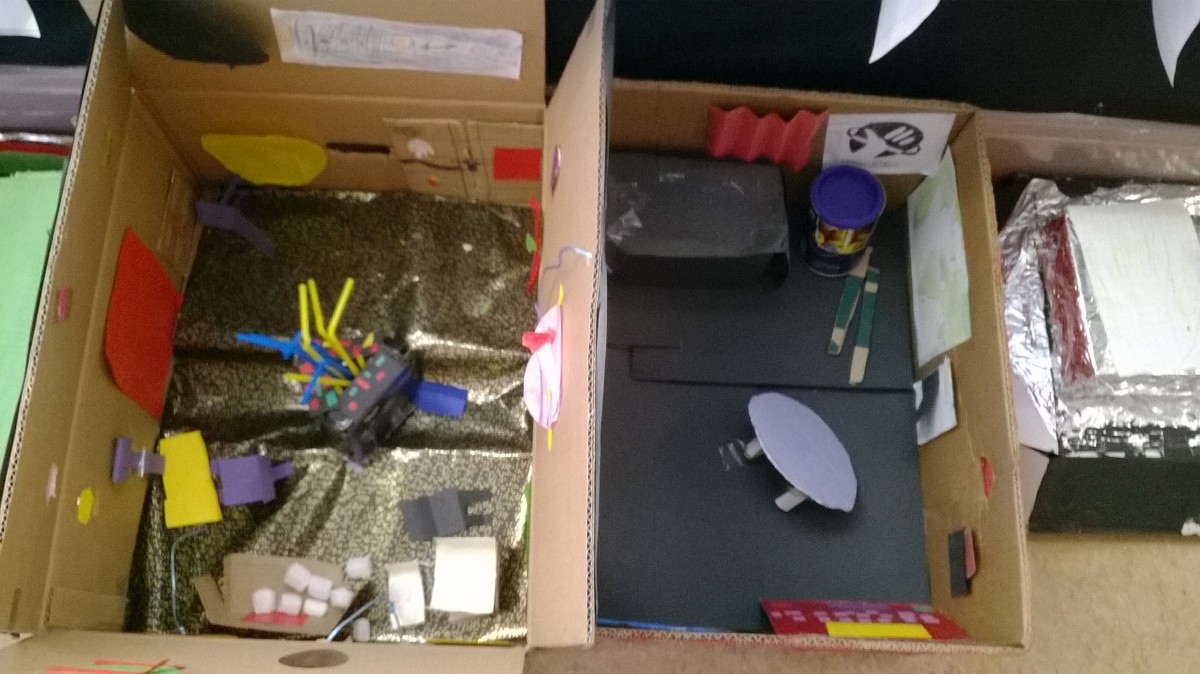
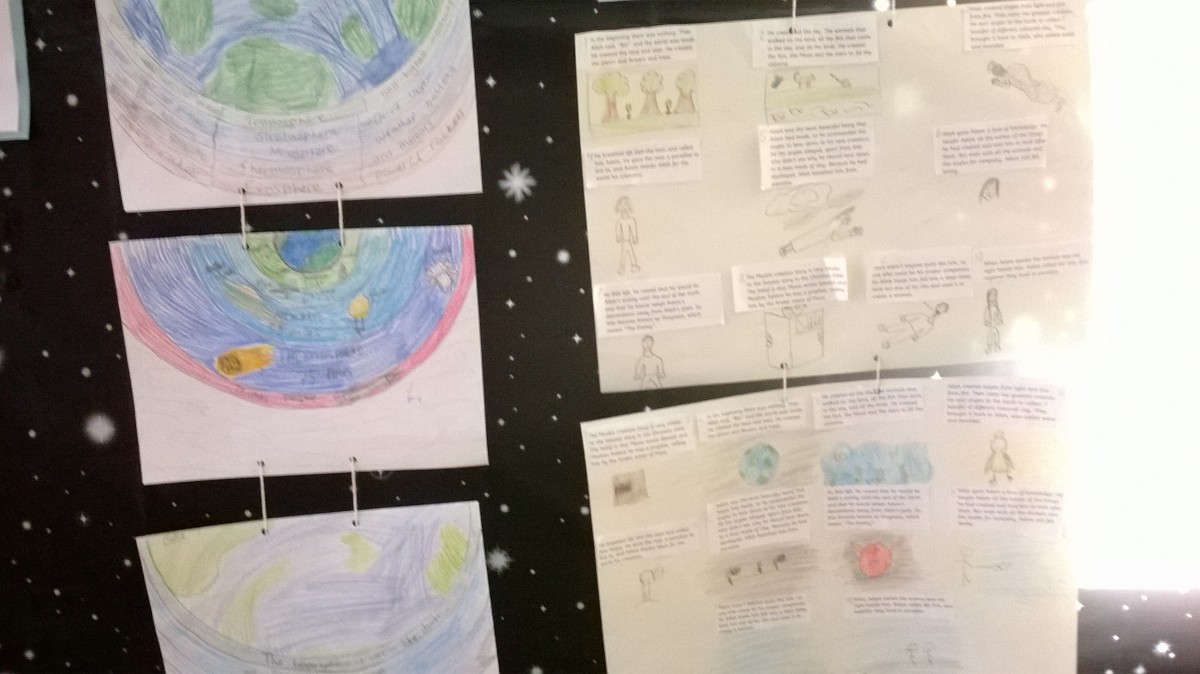
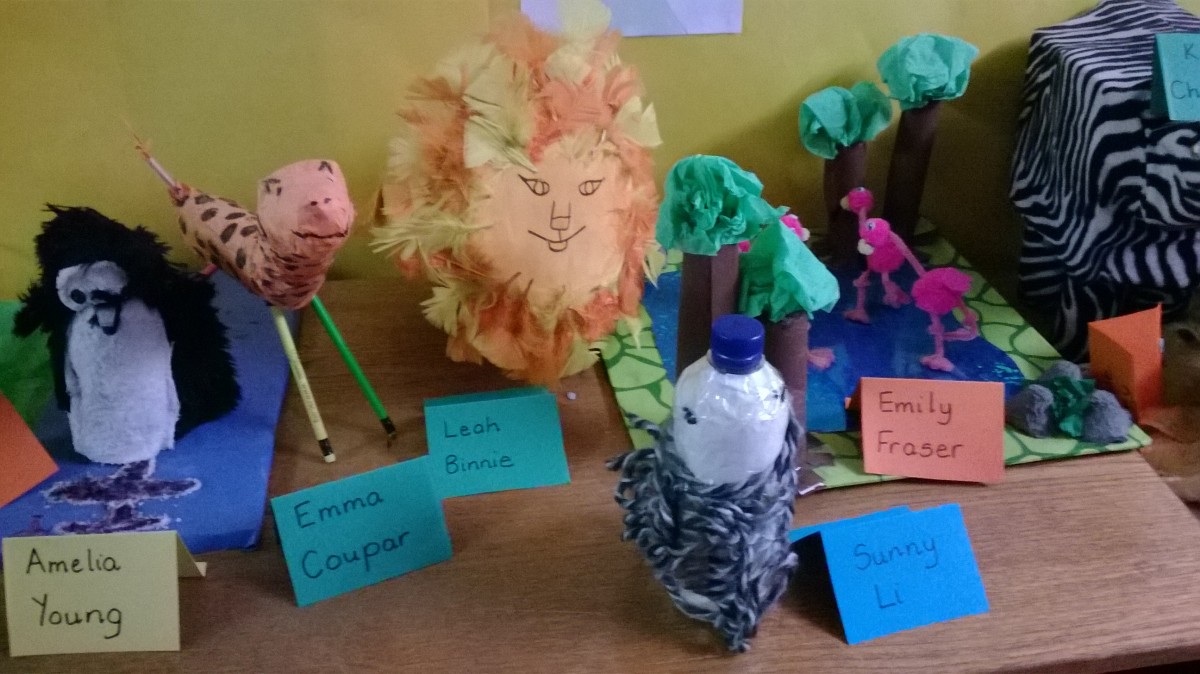
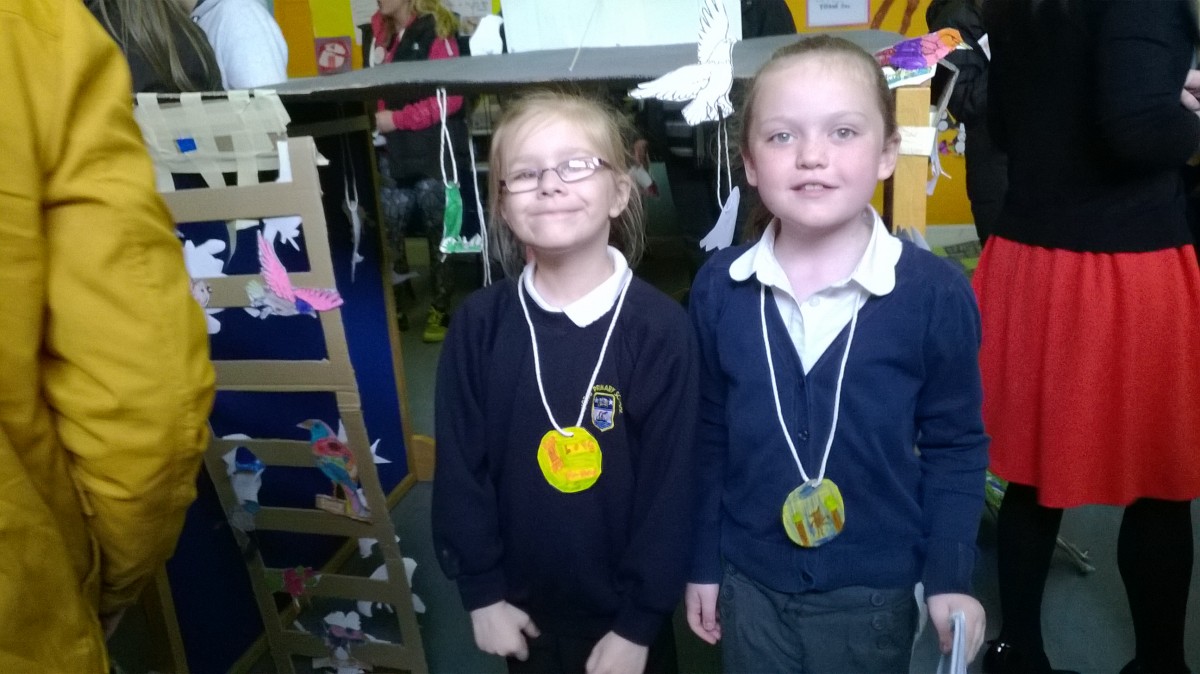
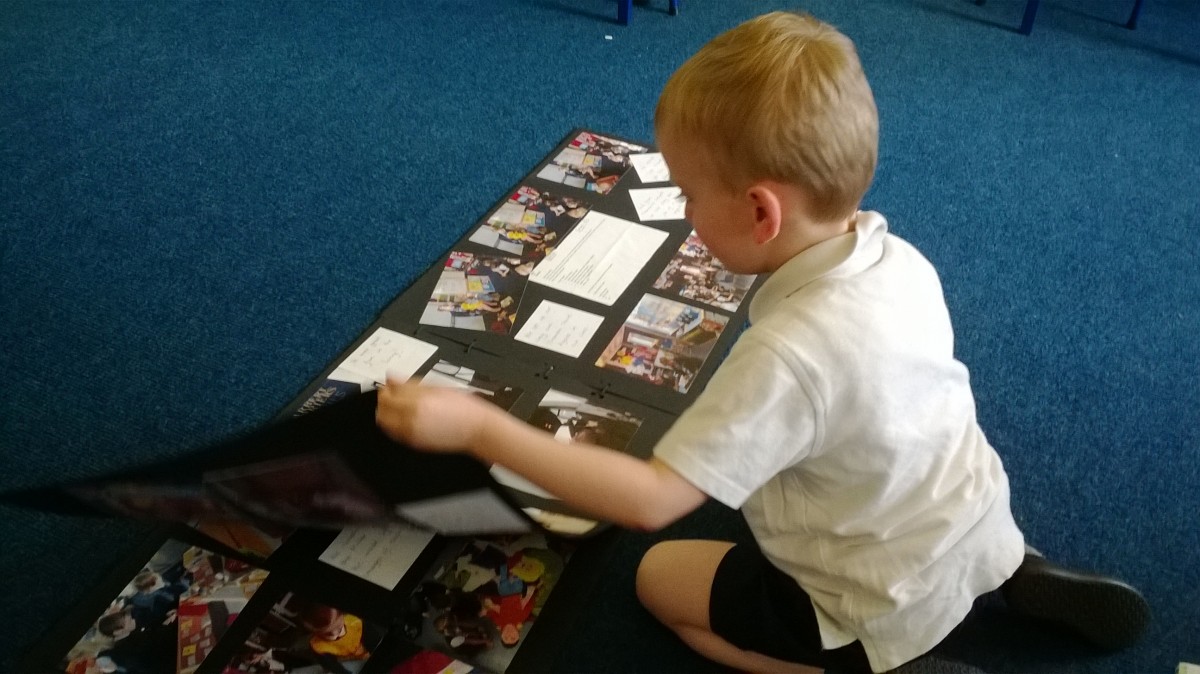
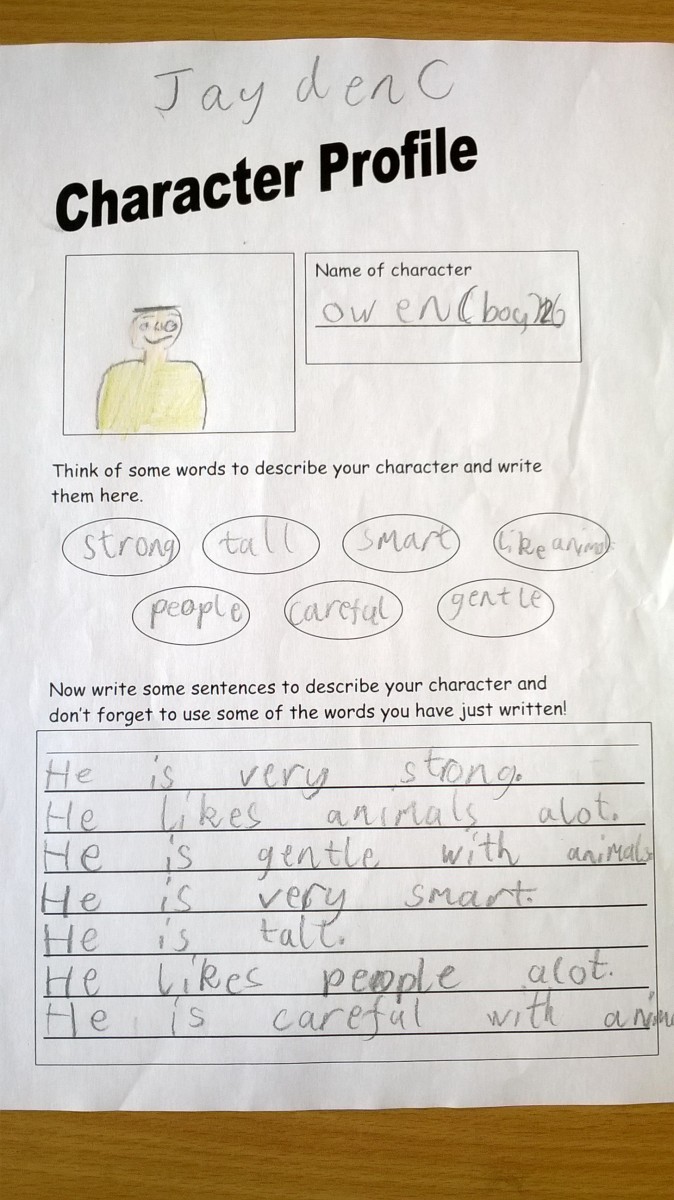
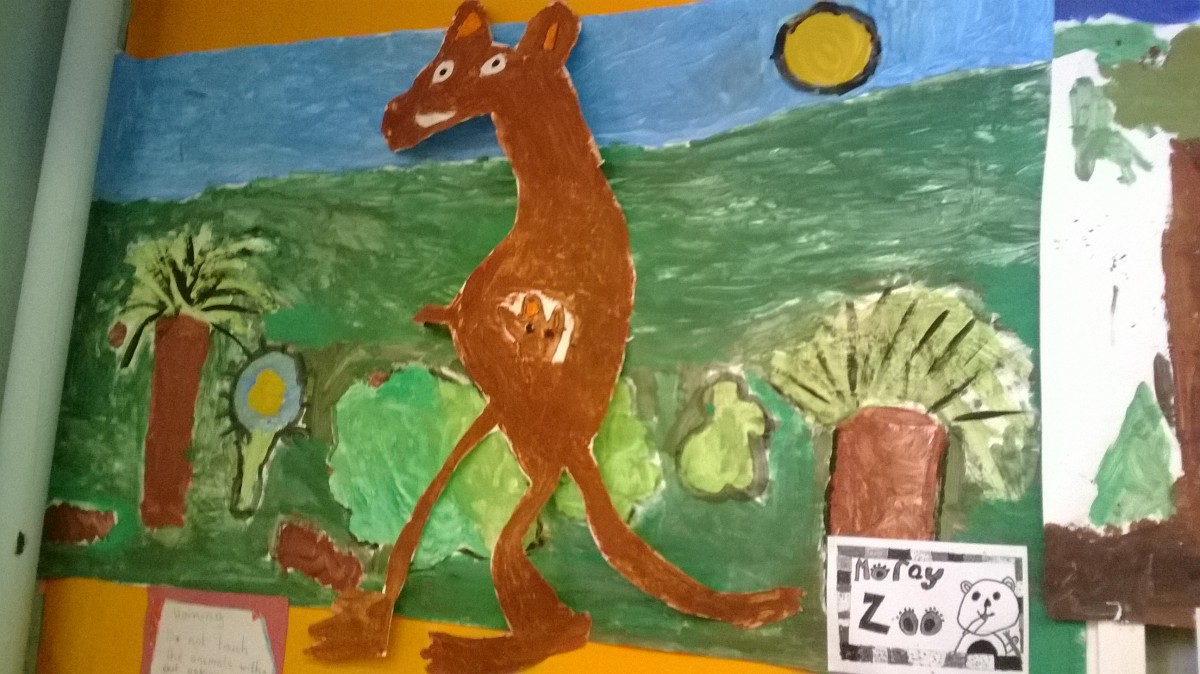
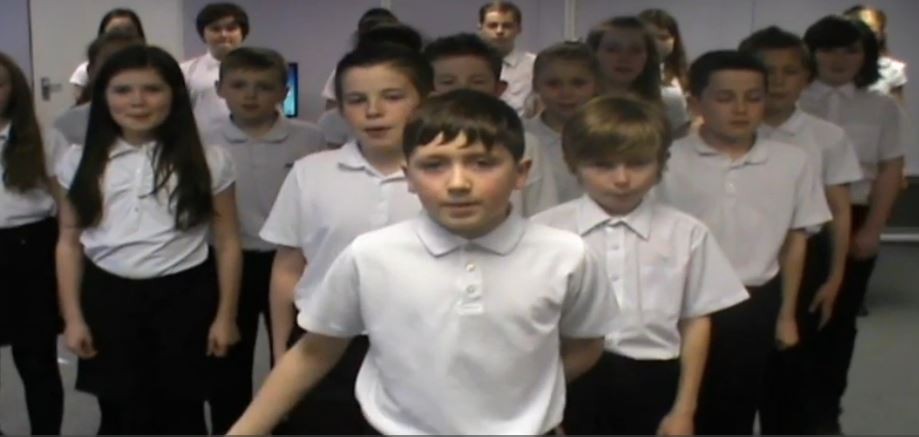

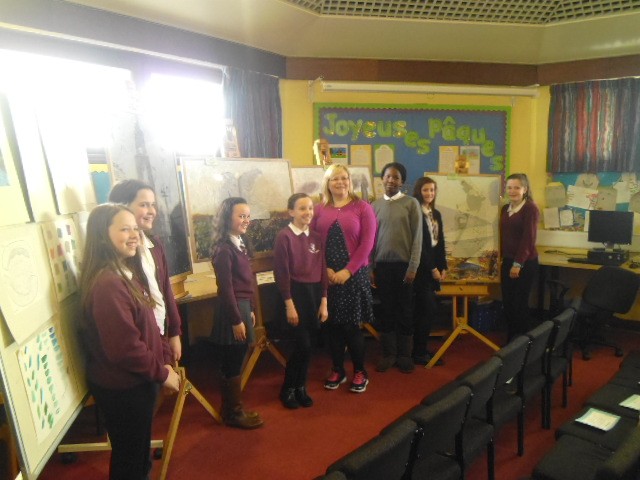
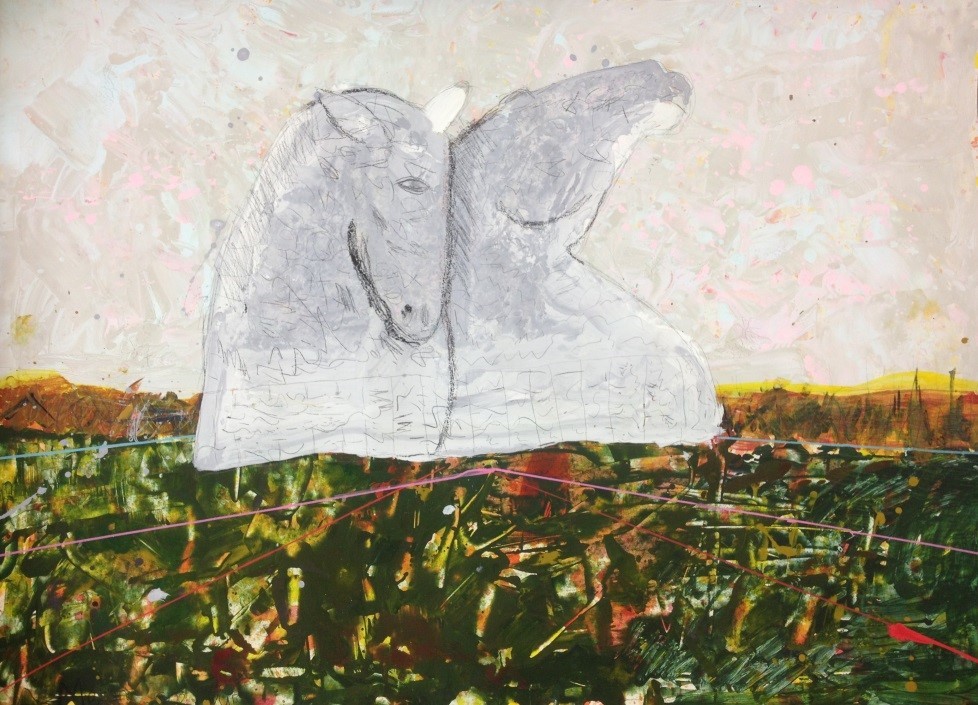
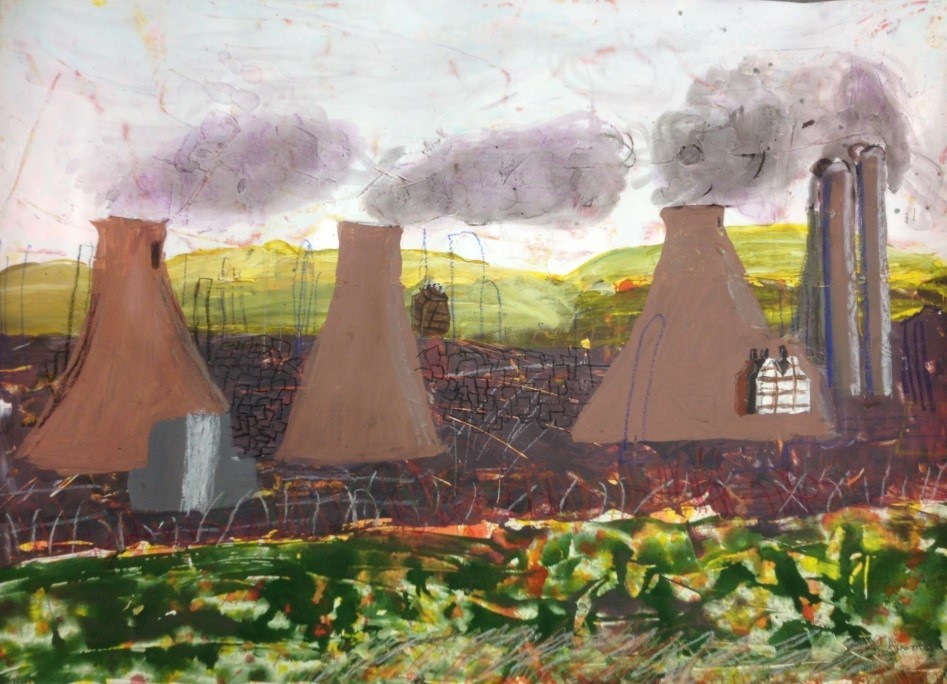
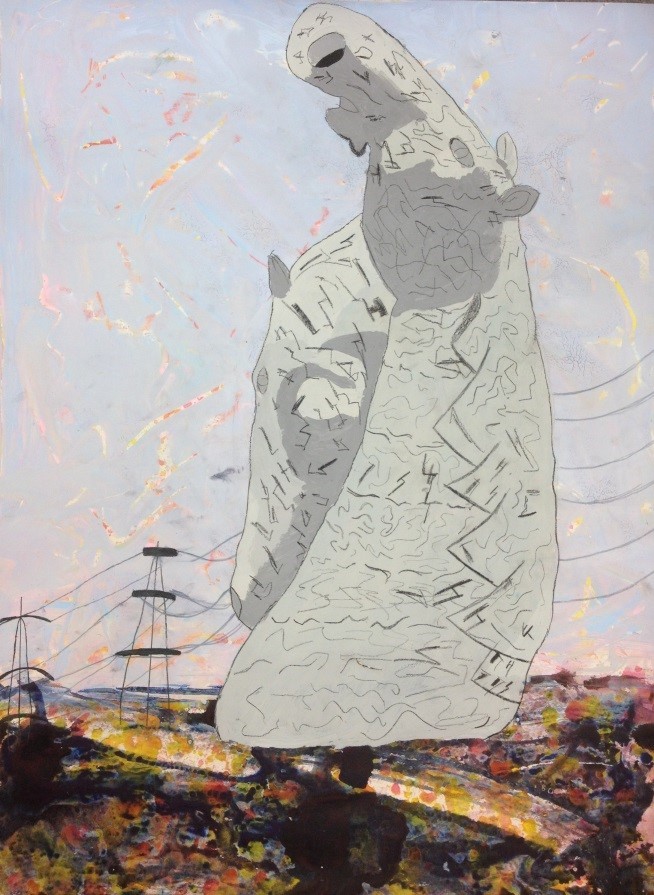
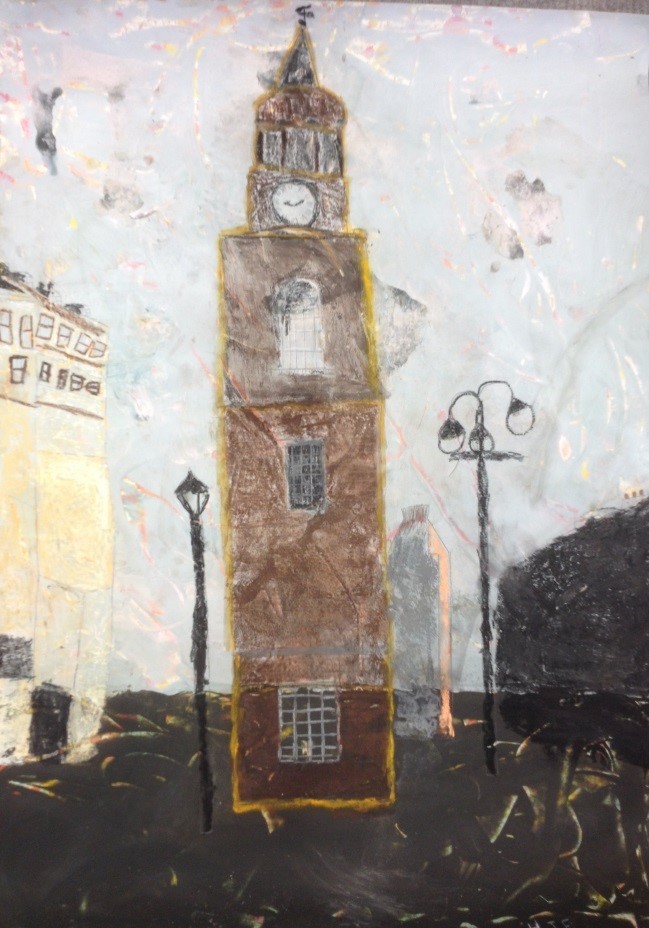
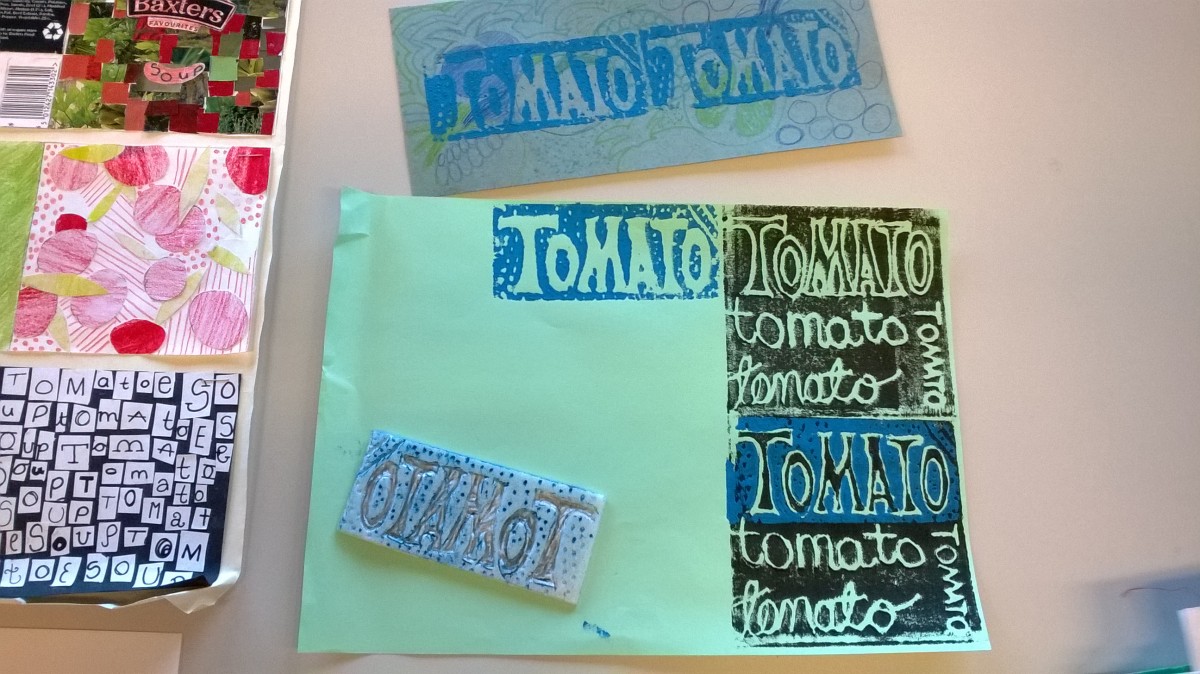
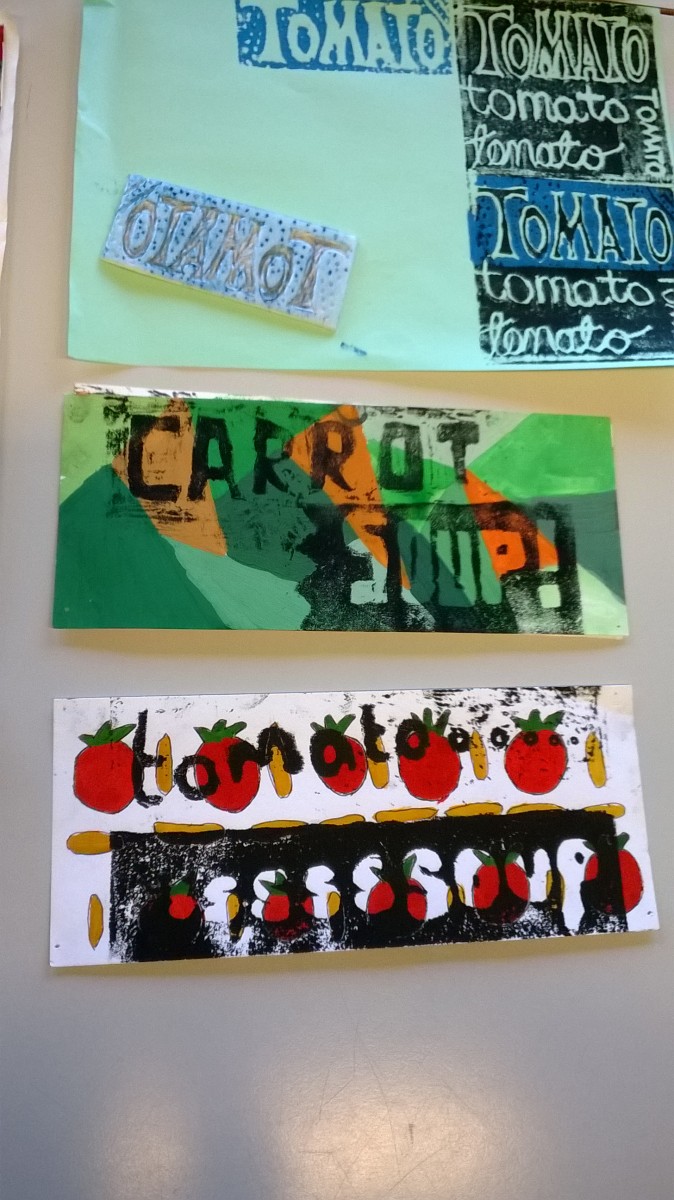
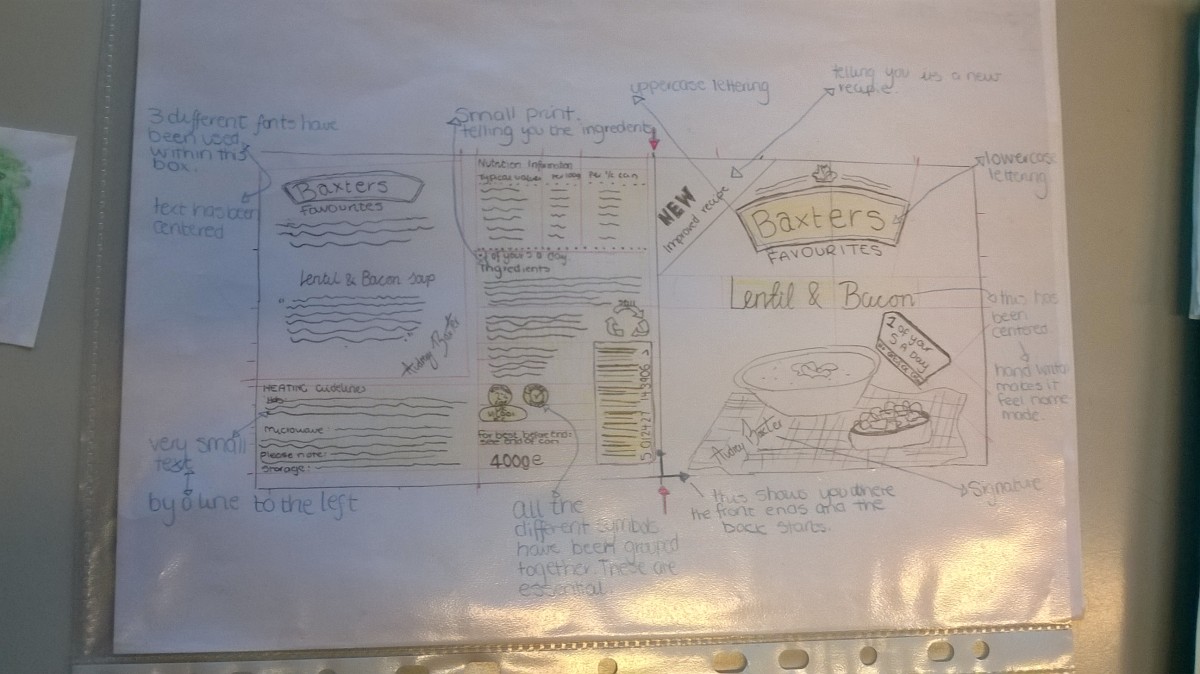
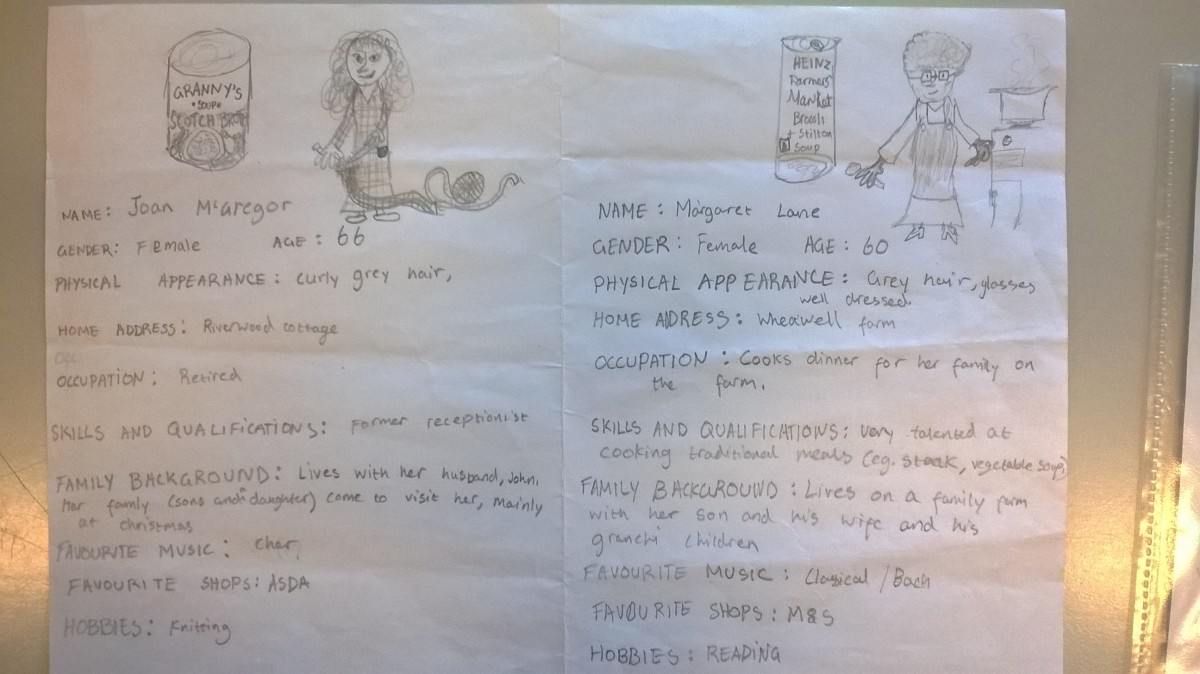
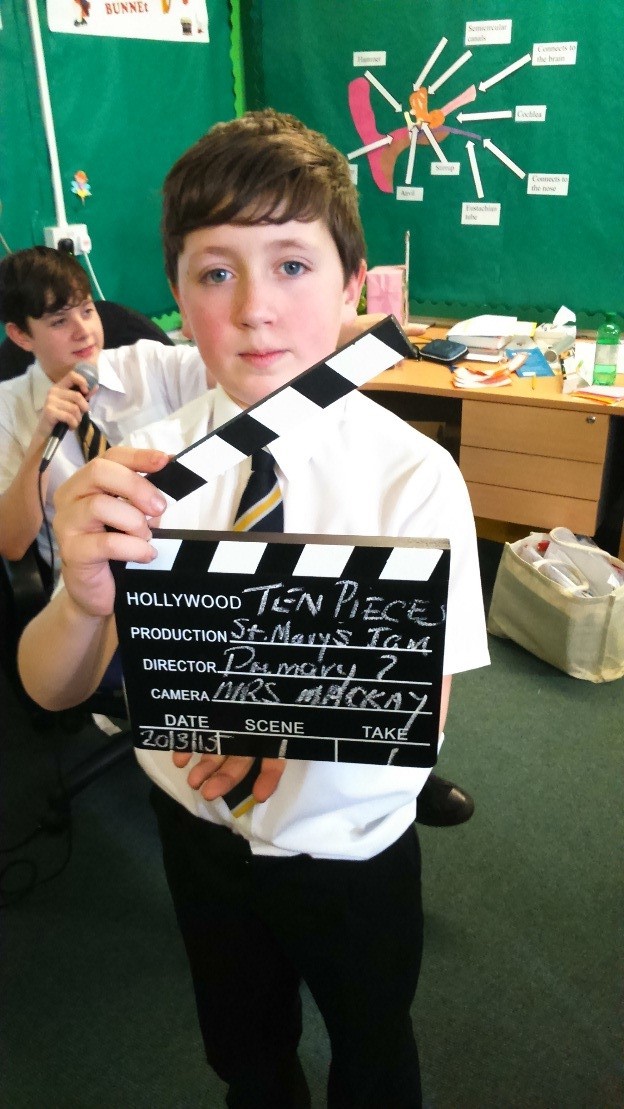
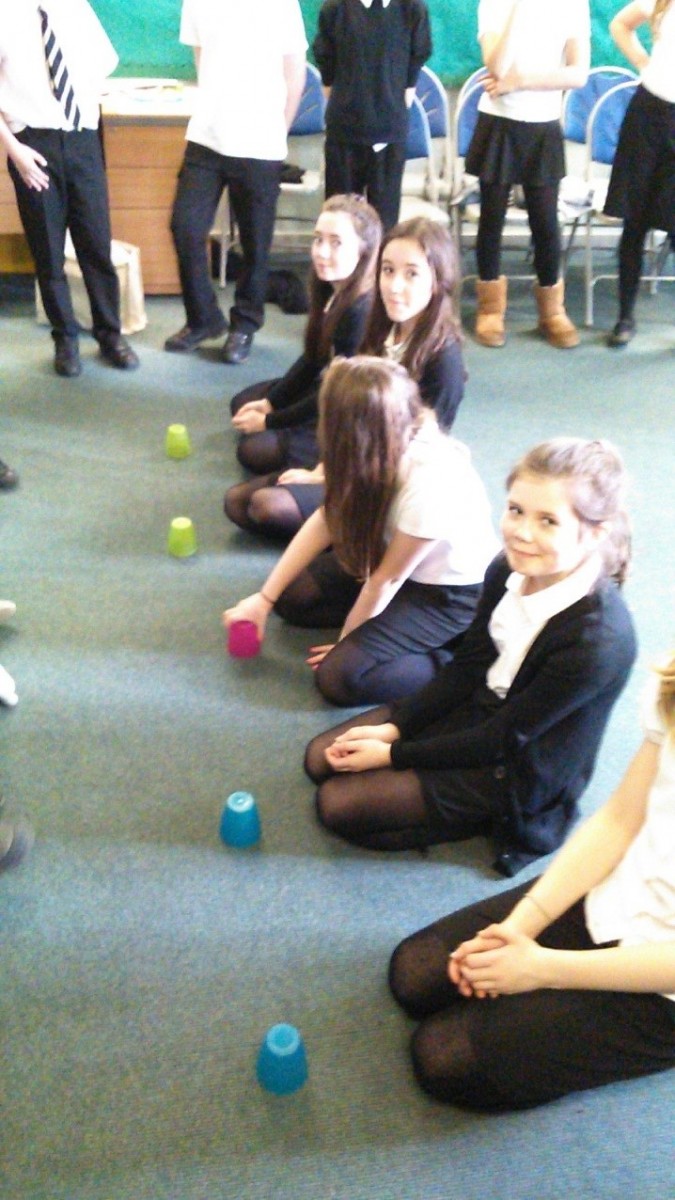
![IMG_4655[1]](https://blogs.glowscotland.org.uk/fa/public/IDLCentral/uploads/sites/1992/2015/02/IMG_46551.jpg)
![IMG_4658[1]](https://blogs.glowscotland.org.uk/fa/public/IDLCentral/uploads/sites/1992/2015/02/IMG_46581.jpg)


